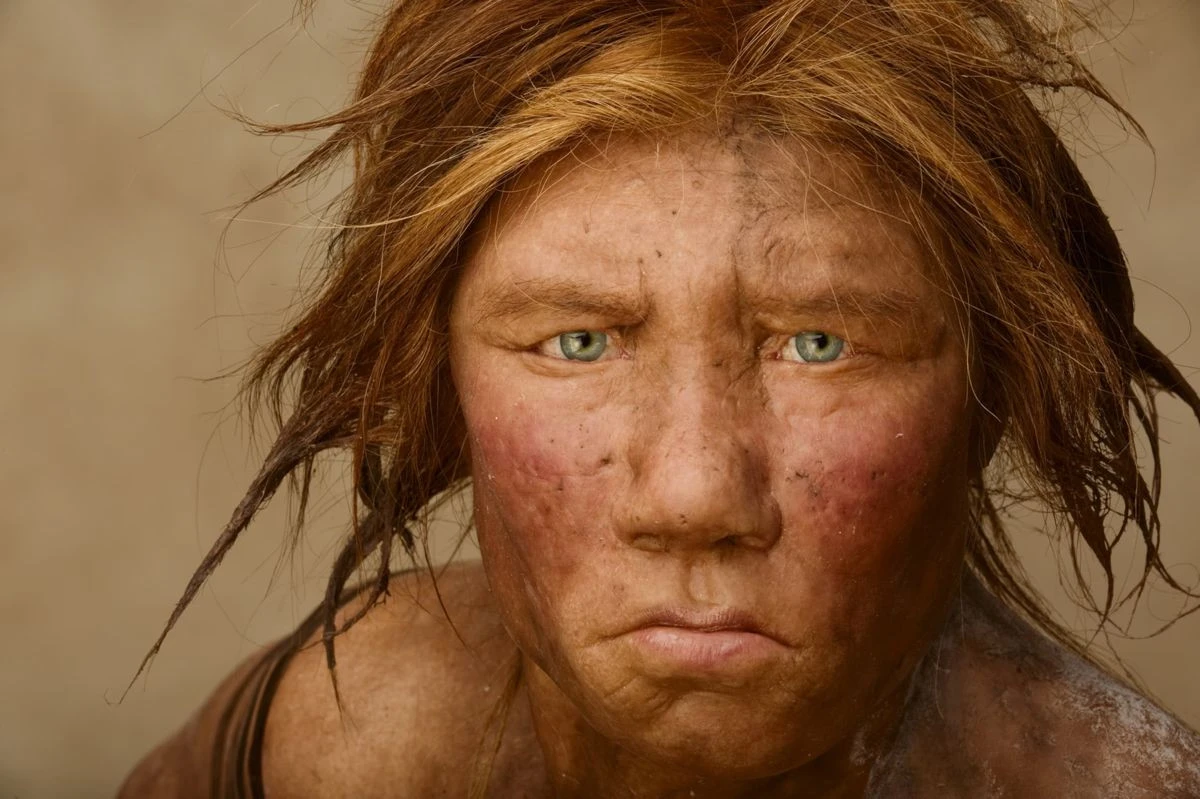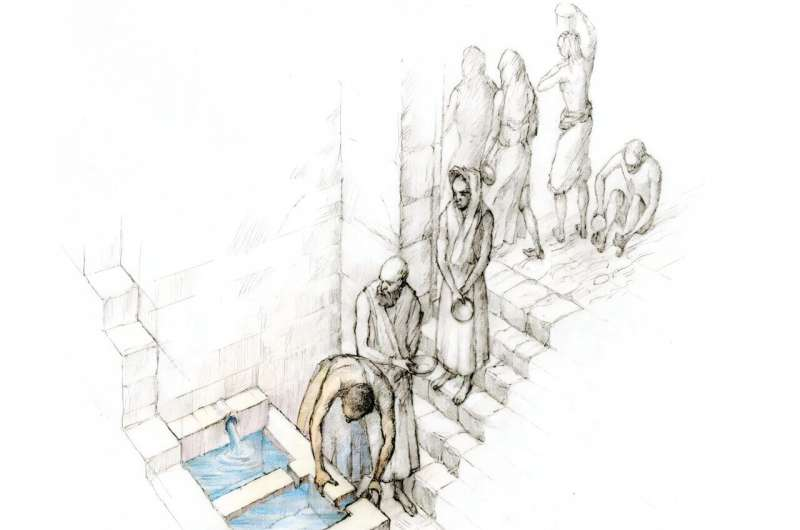By Byzantine Tales - Bookstore
In this, of unique beauty and artistic value, mosaic from the Chora Monastery in Constantinople, Jesus stands before an almond-shaped aureola (the radiance of luminous cloud which, in paintings of sacred personages), a classic motif for pictorial backgrounds. Four angels can also be seen above.
His himation and halo are all gold. In his hands he holds/swaddles the soul of the Virgin Mary, who is depicted as a newborn baby after her Dormition.
This is a very interesting and rare composition since it is common to see the Virgin Mary holding Jesus as an infant, a motif that has been artistically inherited from Byzantium to the present day.
The whole composition of the Chora’s Monastery mosaic.
Dormition of the Mother of God
The Dormition of the Mother of God is a Great Feast of the Eastern Orthodox, Oriental Orthodox, and Eastern Catholic Churches (except the East Syriac churches). It celebrates the "falling asleep" (passing) of Mary the Theotokos ("Mother of God", literally translated as God-bearer), and her being taken up into heaven (bodily assumption).
It is celebrated on 15 August (28 August N.S. in the Julian Calendar) as the Feast of the Dormition of the Mother of God. The Armenian Apostolic Church celebrates the Dormition not on a fixed date, but on the Sunday nearest 15 August. In Western Churches the corresponding feast is known as the Assumption of Mary, with the exception of the Scottish Episcopal Church, which has traditionally celebrated the Falling Asleep of the Blessed Virgin Mary on 15 August.
Christian canonical scriptures do not record the death or Dormition of Mary. Hippolytus of Thebes, a 7th- or 8th-century author, claims in his partially preserved chronology of the New Testament that Mary lived for 11 years after the death of Jesus, dying in AD 41.
Dormition of the Virgin Mary, 12th century mosaic, in S. Maria dell'Ammiraglio (La Martorana), Palermo.
The use of the term dormition expresses the belief that the Virgin died without suffering, in a state of spiritual peace. This belief does not rest on any scriptural basis, but is affirmed by Orthodox sacred tradition. Some apocryphal writings testify to this opinion, though neither the Orthodox Church nor other Christians accord them scriptural authority. The Orthodox understanding of the Dormition is compatible with Roman Catholic teaching, and was the dominant belief within the Western Church until late in the Middle Ages, when the slightly different belief in the bodily Assumption of Mary into heaven began to gain ground. Pope Pius XII declared the latter a dogma of the Catholic Church in 1950.
Icon of the Dormition by Theophan the Greek, 1392. The Theotokos is depicted lying on a bier, surrounded by the Twelve Apostles. At center, Jesus Christ is shown in a mandorla, swaddling the soul of the Virgin Mary (a red seraph is shown above his head). To either side of him are depicted the Hieromartyrs Dionysius the Areopagite and Ignatius the God-Bearer who, according to tradition, are responsible for transmitting the account of the dormition.










